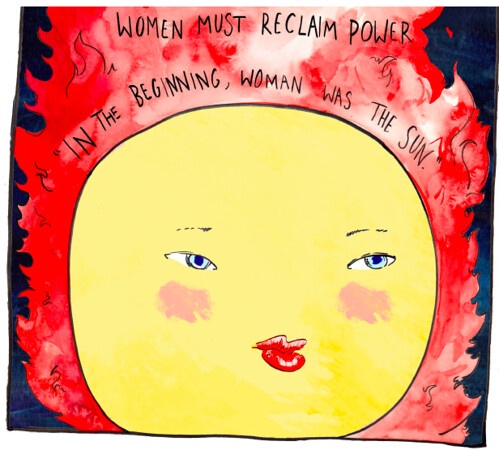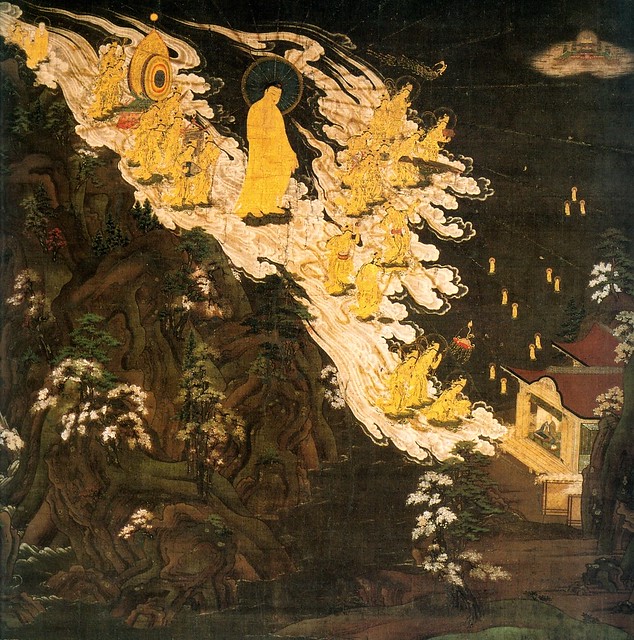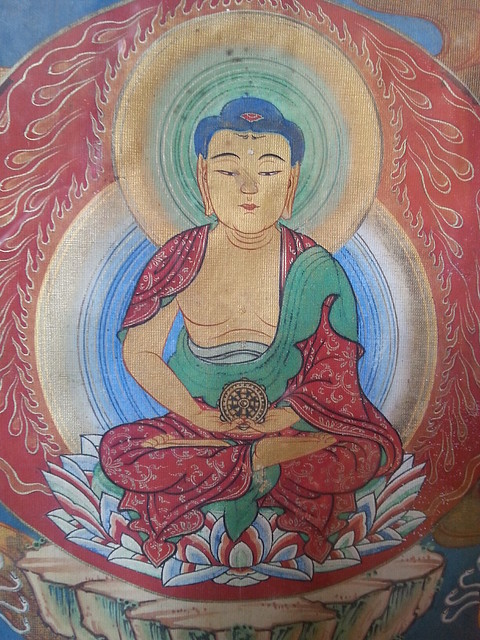
One Face of Liberation: Buddhist Feminism in Japan
The Zen-inspired activism of Hiratsuka Raichō

The Zen-inspired activism of Hiratsuka Raichō

The city of Kamakura in Japan’s Kanagawa Prefecture is home to one of the most poetic and paradoxical works of Buddhist sculpture. The statue is

The Japanese Zen master Dōgen (1200–53) famously said, “To study the Buddha way is to study the self.”* A popular meditation manual known and used

In the last few weeks, I have been teaching the Tale of Heike (Heike monogatari) to my students at Luther College. The Tale of Heike is central to Japanese

Whenever I teach Japanese Buddhism, whether in the Americas, Europe, or East Asia, I frequently run into the same assumption among students that Buddhists, for

To many practitioners of the Mahayana schools of Buddhism of East Asia and the esoteric traditions of the Himalayas and Japan, bodhisattvas, or “enlightenment beings,”

One of the most widely practiced of all Japanese art forms is ikebana, or flower arrangement. The word “ikebana” literally means “living flowers,” suggesting that while

James Sanford and his colleagues in their wonderful volume Flowing Traces (Sanford et al 1992, p.3) point out that “Buddhism’s beginnings in Japan had the arts at

In this article, I would like to reflect on how to read Japanese Buddhist texts. To explain my strategies for approaching texts distant in time,

Japan’s esoteric Buddhist traditions boast a rich and diverse array of imagery, ranging from figures of individual deities to elaborate mandalas depicting specific deity families

Victoria Montrose (“Tori” to her friends, a fittingly Japanese epithet) has been immersed in Japanese culture since childhood. Victoria was four when her American father

A 2008 article in The New York Times asked the provocative question whether Buddhism in Japan “may be dying out” (Onishi 2008). Unlike other, frequent claims that